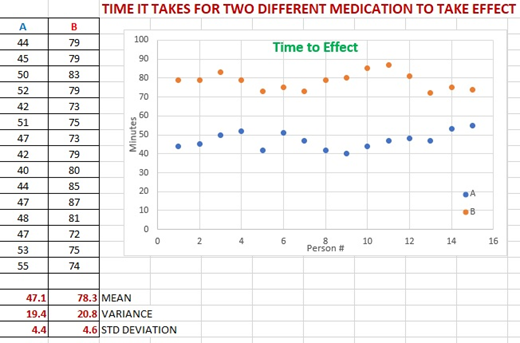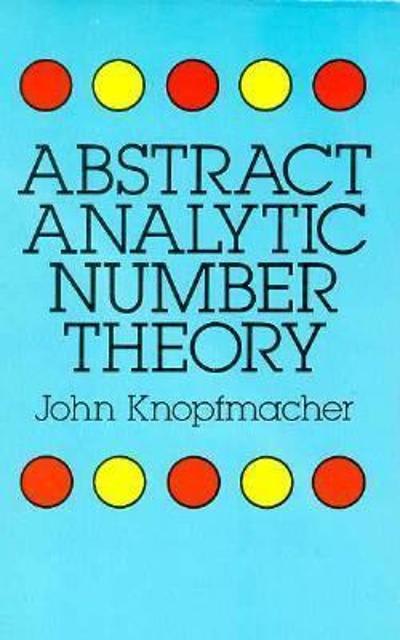Question
1) (made-up data)Confidence Interval Problem for Proportions: Calculate a 95% confidence interval for these proportions. SHOW YOUR E SETUP & CALCULATIONS. The same assumptions must

1) (made-up data)Confidence Interval Problem for Proportions: Calculate a 95% confidence interval for these proportions. SHOW YOUR "E" SETUP & CALCULATIONS. The same assumptions must be met to ensure the statistical analysis is valid and Make sure to calculate the proportions first.
High school students take the AP tests in different subject areas. This year 150 students took the biology exam of which 85 were female. And, 220 students took the calculus exam of which 100 were female. Calculate the difference in the PROPORTION of female students taking the biology exam versus female students taking the calculusexam using a 95% confidence level.
E = z-critical * sqrt[ (p-hat1 * q-hat1)1) + (p-hat2 * q-hat2)2)]
2) (made-up data)Hypothesis Test problem for Proportions: Assume a 1% significance level. The same assumptions must be met to ensure the statistical analysis is valid and calculate the proportions first.
SHOW Z-Test SETUP AND Z-Critical value the z-Test was compared to. Also, use software to calculate the p-Value. Do both support the same conclusion? (they MUST). State your real-world conclusion?
Are more children diagnosed with Autism Spectrum Disorder in States that have urban areas over States that are mostly rural? In an urban State, there were are 300 3rd grade students diagnosed with ASD out of 18,500 3rd graders tested. In a rural state, there were 55 3rd grade students diagnosed with ASD out of 2,300 3rd graders tested. Is there enough evidence to show that the proportion of children diagnosed with ASD in an urban State is more than the proportion in a rural State? Test at the = 1% level.
4) (made-up data) Hypothesis Test problem for TWO population DIFFERENCES (not proportions or means) comparison hypothesis test (NOT a proportion problem - so we use t-values, not z-values). SHOW t-TEST SETUP and calculation, AND for the t-Critical, what SIGNIFICANCE LEVEL (the column) and what df (which row) were used and what the t-Critical value is.
Do people avoid driving on Friday the 13th? Here are data on 20 Fridays: 10 on the 13th and the other 10 on the Friday before. For the DIFFERENCES, Calculate the MEAN and SD between traffic on these two Fridays at the 95% level(alpha = 5%);
Traffic Count
| Dates | 6th (x1) | 13th (x2) | d = (x1 - x2) |
| 1990, July | 139246 | 138548 | |
| 1990, July | 138012 | 132908 | |
| 1991, September | 137055 | 136018 | |
| 1991, September | 140675 | 131843 | |
| 1991, December | 123552 | 121641 | |
| 1991, December | 121139 | 120723 | |
| 1992, March | 128293 | 125532 | |
| 1992, March | 124631 | 120249 | |
| 1992, November | 124609 | 125770 | |
| 1992, November | 119584 | 116263 |
For the differences (all d's) the MEAN = _______ and the SD = __________
TEST STATISTIC: t-Test = (d-bar -d)/sd /sqrt(n) = ____; The t-Critical with (n-1) df for = 5% is______
What is the software generated p-value for the t-Test? ______
What is your math conclusion and your real-world conclusion?
5) Confidence Interval problem for two population DIFFERENCES (not means or proportions) that have the SAME NUMBER OF DATA VALUES (n1 = n2). Using the same traffic count data and statistics as above, the margin of error, E, formula is E = t-critical * sd/sqrt(n) We will assume a significance level of = 5%(95% confidence level) with n=10 data points, hence df = (10 - 1 ) = 9, so t-critical =______ ? What are the MEAN ______and SD _____for the "differences"?
E = _______ * _______ / ______ = __________ (fill in the different values and the calculated result) .
Our Confidence Intervalis (d-bar - E) d d
Real-world Conclusion: Whose median income mean is larger and by how much?
(IF this or any CI includes zero there is NO difference)
(5) (made-up data) Hypothesis Test problem comparing two population MEANS. Make sure to show your setup for the t-Test, df and how you found the t-Critical.Also, use software to find the p-value (probability) is it larger or smaller than ? Does this conclusion match the one based on the t-Test verses t-Critical? (It must). For the p-value, make sure you know which area (right or left) you need to use (greater than or less than). (If NO Confidence Level or is provided assume 95% and 5%, respectively)
Median Income for Males
| $42,951 | $52,379 | $42,544 | $37,488 | $49,281 | $50,987 | $60,705 |
| $50,411 | $66,760 | $40,951 | $43,902 | $45,494 | $41,528 | $50,746 |
| $45,183 | $43,624 | $43,993 | $41,612 | $46,313 | $43,944 | $56,708 |
| $60,264 | $50,053 | $50,580 | $40,202 | $43,146 | $41,635 | $42,182 |
| $41,803 | $53,033 | $60,568 | $41,037 | $50,388 | $41,950 | $44,660 |
Median Income for Females
| $31,862 | $40,550 | $36,048 | $30,752 | $41,817 | $40,236 | $47,476 |
| $60,332 | $33,823 | $35,438 | $37,242 | $31,238 | $39,150 | $34,023 |
| $33,269 | $32,684 | $31,844 | $34,599 | $48,748 | $46,185 | $36,931 |
| $29,548 | $33,865 | $31,067 | $33,424 | $35,484 | $41,021 | $47,155 |
| $42,113 | $33,459 | $32,462 | $35,746 | $31,274 | $36,027 | $37,089 |
t-Test = [(x-bar1 - x-bar2) -(1 - 2)] / sqrt ( s121 + s222)
To find the t-Critical we need the degrees of freedom (df) and the formula to calculate df is "hairy". As presented earlier, there simpler formula that is used by some statisticians: df = (n1 - 1) + (n2 - 1)
6) AnotherHypothesis Test problem comparing two population MEANS for the two-medication "time to take effect" example. Work it just as you did the prior problem (#5)
t-Test = [(x-bar1 - x-bar2) -(1 - 2)] / sqrt ( s121 + s222)
To find the t-Critical we need the degrees of freedom (df): df = (n1 - 1) + (n2 - 1)
Also, find the p-value
Bottom line: Is there a significant difference between the mean "time to take effect" for these two medications and if so, which medication is significantly faster.

Step by Step Solution
There are 3 Steps involved in it
Step: 1

Get Instant Access to Expert-Tailored Solutions
See step-by-step solutions with expert insights and AI powered tools for academic success
Step: 2

Step: 3

Ace Your Homework with AI
Get the answers you need in no time with our AI-driven, step-by-step assistance
Get Started


